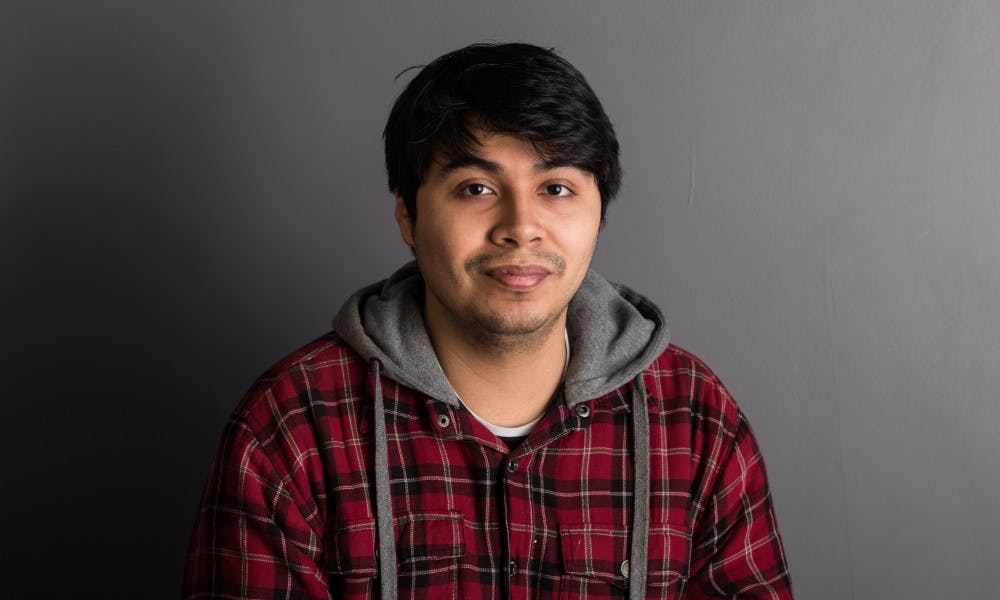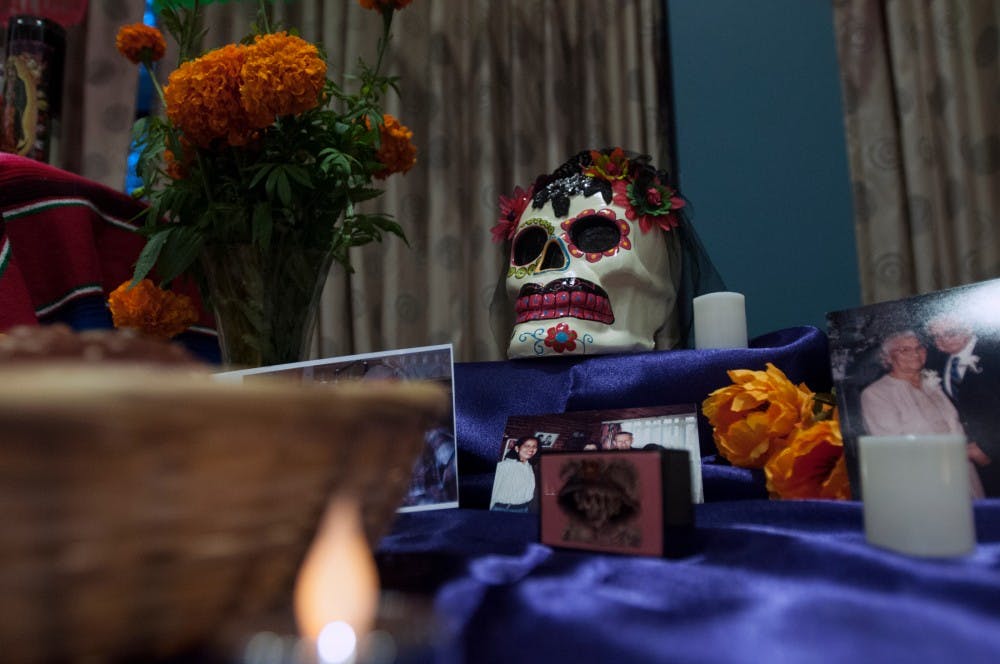
Upon talking to some of my colleagues about Day of the Dead, it was shocking to hear a celebration I hold very near and dear to me written off as a "Mexican Halloween."


Upon talking to some of my colleagues about Day of the Dead, it was shocking to hear a celebration I hold very near and dear to me written off as a "Mexican Halloween."
Having heard that, I found it critical to explain what Dia de los Muertos, otherwise known as Day of the Dead, is, and what its cultural and religious significance means to the Latinx community.
History
According to "Celebrating Latino Folklore: An Encyclopedia of Cultural Traditions", Dia de los Muertos has been seen throughout Mexico for about 3,000 years.
Within the Florentine Codex, which is a 12-volume encyclopedic work created shortly after the sixteenth century by the Spanish in what is now Mexico, are records of two Aztec feasts known as Miccailhuitontli and Miccailhuitl. These are translated as "Feast Of the Little Dead Ones" and "Feast of the Adult Dead."
The combination of these feasts were known as Tlaxochimaco (The Offering of Flowers) or Xocotl Huetzi (Fruit Falls), which were celebrations held in the ninth and tenth months of the Aztec year. When the Spanish arrived in what is today Mexico in an effort to convert the indigenous population to Catholicism, they moved the feast days to the same day as All Souls' Day and All Saints' Day.
However, what resulted was a combination of both traditions and what we are familiar with today.
When it's celebrated and the significance of each day
According to "Celebrating Latino Folklore," the beginning of the celebration of Dia de los Muertos varies. Some rural areas begin the tradition as early as Oct. 27.
However, each day particularly has its own significance.
The significance of an ofrenda
According to "Celebrating Latino Folklore," the construction of the ofrenda is built on the basis on the indigenous Mexican belief that souls require nourishment, including after death.
The design and construction of the ofrenda varies from family to family. They are considered to be the most private section of the tradition because the offerings consists of food, drinks and items in which their dearly departed liked.
Families typically arrange food, candles, flowers and statues. The ofrenda is typically arranged according to the liking of the individual the offering is being made to. Available photos of the individual and special momentos that the individual had hold a significant place on the altar and ofrenda.
The significance of the marigold
A lot of colorful and vibrant flowers are used throughout Dia de los Muertos. The marigold, in particular, is well known as the national symbol for the tradition.
It is also called the cempasúchil — the flower of 400 lives — according to "Celebrating Latino Folklore." The marigold was believed to be given surprisingly to the Nahua, a middle-American indigenous population of central Mexico, by Tonatiuh, the sun deity of the Nahua, so they could honor the dead.
Day of the Dead vs. Halloween: Some misconceptions
The biggest key difference between Dia de los Muertos and Halloween is the fact that Halloween originates from the Celtic belief that the souls of the dead would return to cause trouble and damage crops.
Support student media! Please consider donating to The State News and help fund the future of journalism.
Dia de los Muertos — which is rooted in indigenous Aztec belief — is a day of remembering those who have passed on, a sense of connection to them and, most importantly, a sense of love toward them. It takes on a very private setting. Families are provided with the opportunity to commemorate their loved ones and provide a connection.
While there are similarities, there shouldn't be any doubt that this tradition is completely different from Halloween, which is why its traditions and practices shouldn't be used in Halloween costumes and other commercial purposes.
I take the time to make an ofrenda each year for my uncle, mi tío, who passed away four years ago.
Not a day goes by that I don't miss him. And this Friday, I look forward in commemorating him and placing a "maranito" — a hot cup of "Nescafe," which he swore was the best creation in the world— and this week's edition of the newspaper — he always said it was important to know what was going on and whether it affected me or not — on an altar.